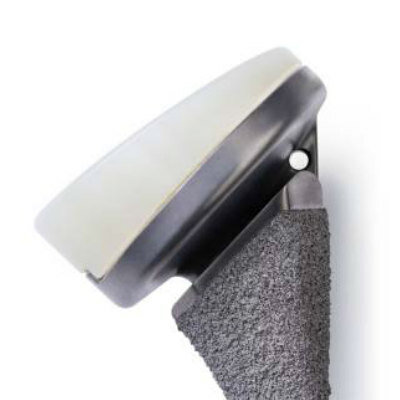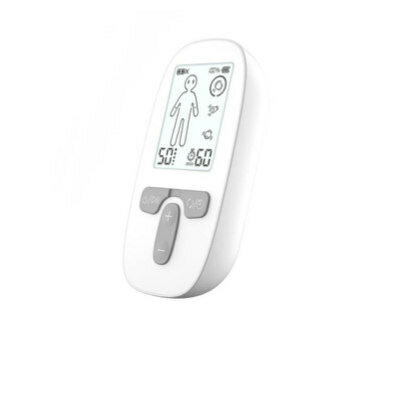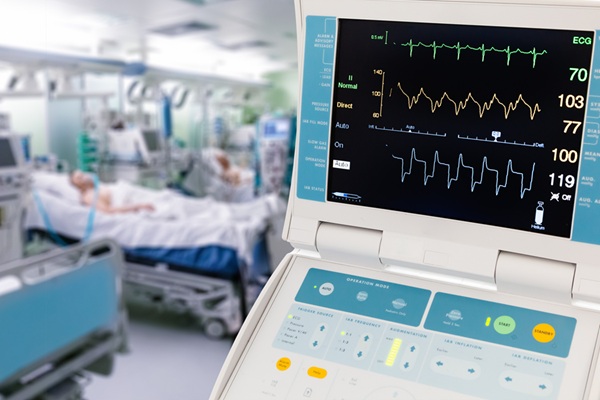Novel Ophthalmic Device Screens AMD Susceptibility
|
By HospiMedica International staff writers Posted on 05 Jul 2017 |
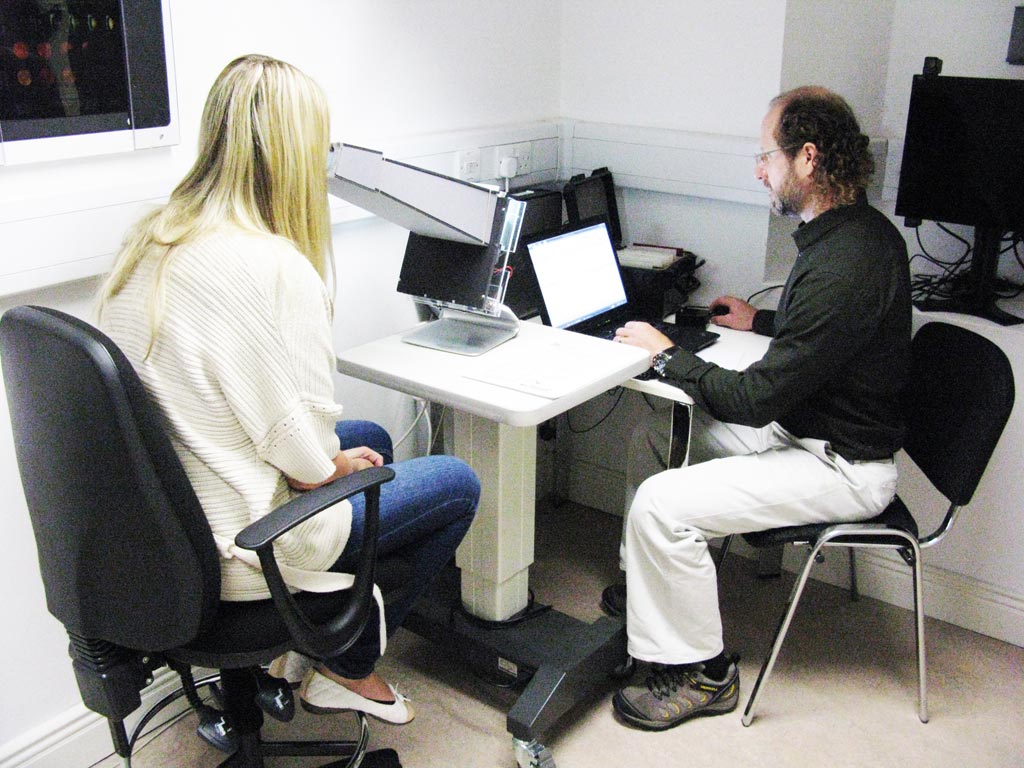
Image: Dr. Temple measuring macular pigment density (Photo courtesy of Shelby Temple / University of Bristol).
An innovative device rapidly assesses macular pigment density, a marker for increased risk of age-related macular degeneration (AMD), the worldwide leading cause of incurable blindness in people over 55.
Developed at the University of Bristol (United Kingdom), the device is based on an entoptic phenomenon that allows certain people to perceive polarization of light as a yellow horizontal bar or bow-tie shape visible in the center of the visual field, typically occupying roughly 3–5 degrees of vision. The direction of light polarization is perpendicular to the yellow bar; fainter bluish or purplish areas may be visible. Dr. Shelby Temple, PhD, of the School of Biological Sciences first encountered the phenomenon while studying the ability of octopuses, cuttlefish, and coral reef fish to see polarized light.
“What I was seeing was an effect known as Haidinger’s brushes, which is an effect that happens within the eye when people perceive polarized light. A person’s ability to see this phenomenon is linked to an aspect of eye health and can be an early indicator of disease,” explained Dr. Temple. “It became clear that the tools I had developed for fish could become the foundation for a novel ophthalmic device that could rapidly screen people for susceptibility to AMD.”
“If we can catch this early, people can make simple changes, like eating more brightly colored fruits and vegetables, quitting smoking and wearing protective eyewear, to help reduce the chances of going blind later in life,” added Dr. Temple, who is a co-founder of Azul Optics, a company created to commercialize the technology. Dr. Shelby Temple recently received the UK Biotechnology and Biological Sciences Research Council award of Innovator of the Year 2017 for his research.
“The BBSRC Innovator of the Year competition recognizes and rewards BBSRC-funded scientists that have identified and taken an active part in realizing the impact from their research,” said Karen Lewis, interim executive director at the BBSRC. “Dr. Temple’s technology has the potential to make a significant difference to people’s lives. The journey that Dr. Temple is taking to realize this opportunity from very fundamental research epitomizes the spirit of the competition. As well as being named Innovator of the Year 2017, Dr. Temple also received the award in the Commercial Impact category.”
AMD is a major cause of blindness and visual impairment in older adults in the center of the visual field (the macula) due to damage to the retina. Occurring in both dry and wet forms, AMD makes it difficult or impossible to read or recognize faces, although enough peripheral vision remains to allow other activities of daily life. In the dry (nonexudative) form, cellular debris called drusen accumulates between the retina and the choroid, and the retina can become detached. In the more severe wet (exudative) form, blood vessels grow from the choroid behind the retina, and the retina can also become detached.
Related Links:
University of Bristol
Developed at the University of Bristol (United Kingdom), the device is based on an entoptic phenomenon that allows certain people to perceive polarization of light as a yellow horizontal bar or bow-tie shape visible in the center of the visual field, typically occupying roughly 3–5 degrees of vision. The direction of light polarization is perpendicular to the yellow bar; fainter bluish or purplish areas may be visible. Dr. Shelby Temple, PhD, of the School of Biological Sciences first encountered the phenomenon while studying the ability of octopuses, cuttlefish, and coral reef fish to see polarized light.
“What I was seeing was an effect known as Haidinger’s brushes, which is an effect that happens within the eye when people perceive polarized light. A person’s ability to see this phenomenon is linked to an aspect of eye health and can be an early indicator of disease,” explained Dr. Temple. “It became clear that the tools I had developed for fish could become the foundation for a novel ophthalmic device that could rapidly screen people for susceptibility to AMD.”
“If we can catch this early, people can make simple changes, like eating more brightly colored fruits and vegetables, quitting smoking and wearing protective eyewear, to help reduce the chances of going blind later in life,” added Dr. Temple, who is a co-founder of Azul Optics, a company created to commercialize the technology. Dr. Shelby Temple recently received the UK Biotechnology and Biological Sciences Research Council award of Innovator of the Year 2017 for his research.
“The BBSRC Innovator of the Year competition recognizes and rewards BBSRC-funded scientists that have identified and taken an active part in realizing the impact from their research,” said Karen Lewis, interim executive director at the BBSRC. “Dr. Temple’s technology has the potential to make a significant difference to people’s lives. The journey that Dr. Temple is taking to realize this opportunity from very fundamental research epitomizes the spirit of the competition. As well as being named Innovator of the Year 2017, Dr. Temple also received the award in the Commercial Impact category.”
AMD is a major cause of blindness and visual impairment in older adults in the center of the visual field (the macula) due to damage to the retina. Occurring in both dry and wet forms, AMD makes it difficult or impossible to read or recognize faces, although enough peripheral vision remains to allow other activities of daily life. In the dry (nonexudative) form, cellular debris called drusen accumulates between the retina and the choroid, and the retina can become detached. In the more severe wet (exudative) form, blood vessels grow from the choroid behind the retina, and the retina can also become detached.
Related Links:
University of Bristol
Latest Health IT News
Channels
Critical Care
view channel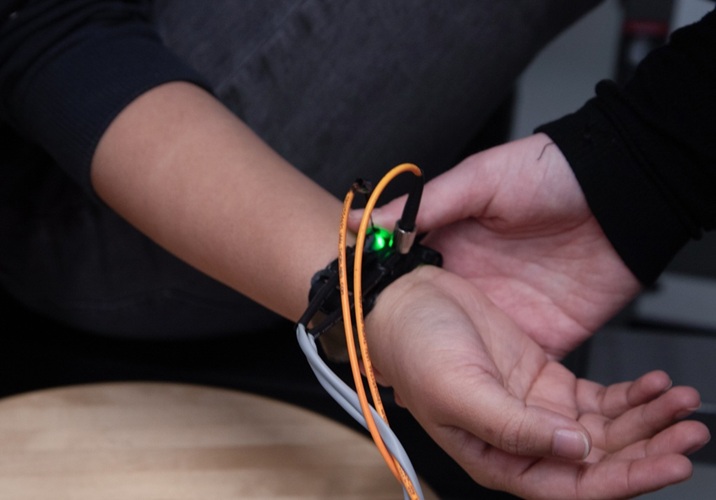
Cuff-Free Blood Pressure Monitoring Device to Improve Early Detection and Management of Hypertension
Hypertension affects nearly half of all adults in the U.S. and remains the leading cause of cardiovascular disease. Regular and accurate blood pressure monitoring is essential for managing this condition,... Read more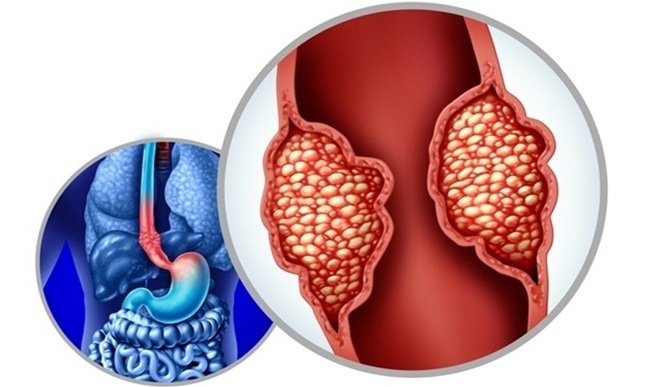
New Understanding of Barrett’s Esophagus Formation to Enable Earlier Intervention and Diagnosis
Barrett’s esophagus is a condition in which the lining of the esophagus—normally composed of squamous epithelial cells—undergoes a transformation into cells resembling those found in the stomach or intestine.... Read moreSurgical Techniques
view channel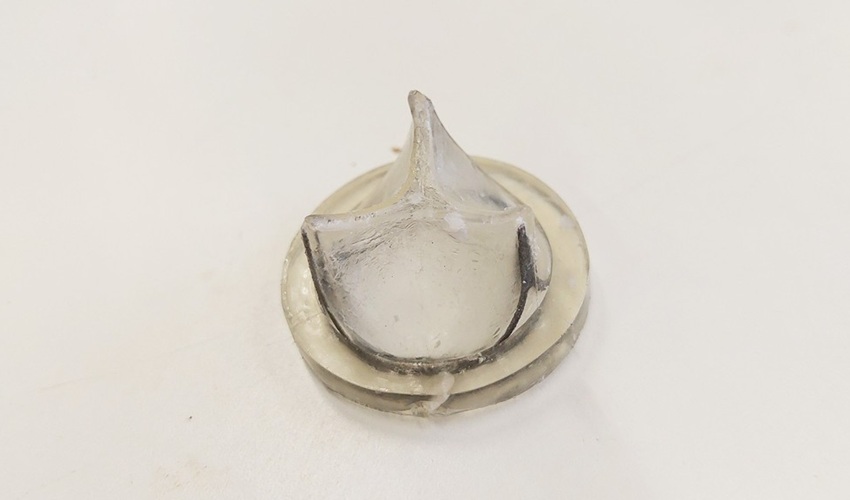
Breakthrough Polymer Significantly Improves Safety of Implantable Medical Devices
Every year, millions of patients receive implantable cardiovascular devices such as arterial and venous catheters, pacemaker leads, artificial hearts, and vascular prostheses. These devices, typically... Read more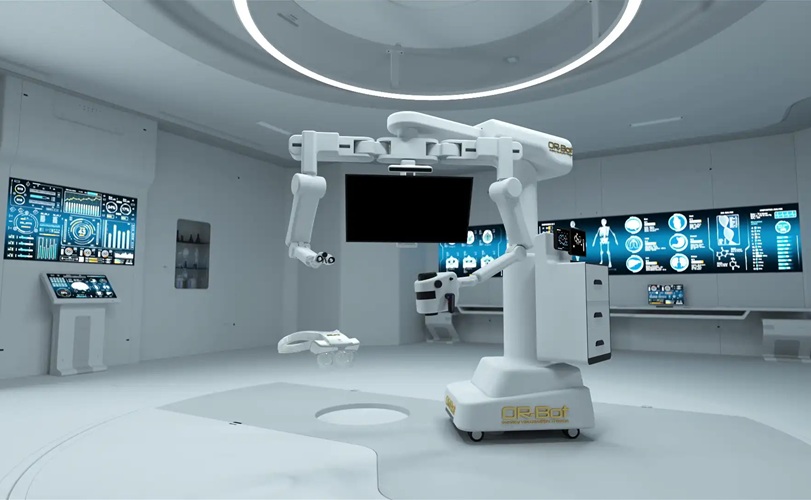
First-Ever Technology Makes Blood Translucent During Surgery
No matter the discipline or scale, bleeding is a regular part of any surgery and can create several challenges. In operating room imaging, seeing through blood in real-time during a surgery has been a... Read more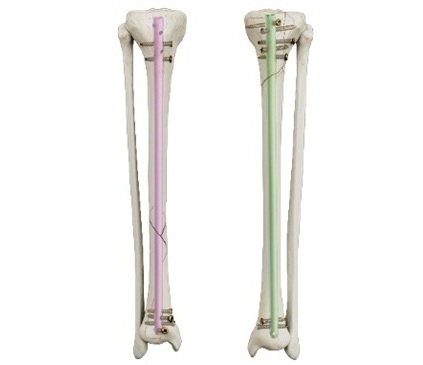
Tibia Nailing System with Novel Side-Specific Nails to Revolutionize Fracture Surgery
Smith+Nephew (Hull, UK;) has launched its new TRIGEN MAX Tibia Nailing System for stable and unstable fractures of the tibia, including the shaft. It is the only system to now offer trauma surgeons the... Read morePatient Care
view channel
Revolutionary Automatic IV-Line Flushing Device to Enhance Infusion Care
More than 80% of in-hospital patients receive intravenous (IV) therapy. Every dose of IV medicine delivered in a small volume (<250 mL) infusion bag should be followed by subsequent flushing to ensure... Read more
VR Training Tool Combats Contamination of Portable Medical Equipment
Healthcare-associated infections (HAIs) impact one in every 31 patients, cause nearly 100,000 deaths each year, and cost USD 28.4 billion in direct medical expenses. Notably, up to 75% of these infections... Read more
Portable Biosensor Platform to Reduce Hospital-Acquired Infections
Approximately 4 million patients in the European Union acquire healthcare-associated infections (HAIs) or nosocomial infections each year, with around 37,000 deaths directly resulting from these infections,... Read moreFirst-Of-Its-Kind Portable Germicidal Light Technology Disinfects High-Touch Clinical Surfaces in Seconds
Reducing healthcare-acquired infections (HAIs) remains a pressing issue within global healthcare systems. In the United States alone, 1.7 million patients contract HAIs annually, leading to approximately... Read moreBusiness
view channel
Bayer and Broad Institute Extend Research Collaboration to Develop New Cardiovascular Therapies
A research collaboration will focus on the joint discovery of novel therapeutic approaches based on findings in human genomics research related to cardiovascular diseases. Bayer (Berlin, Germany) and... Read more








